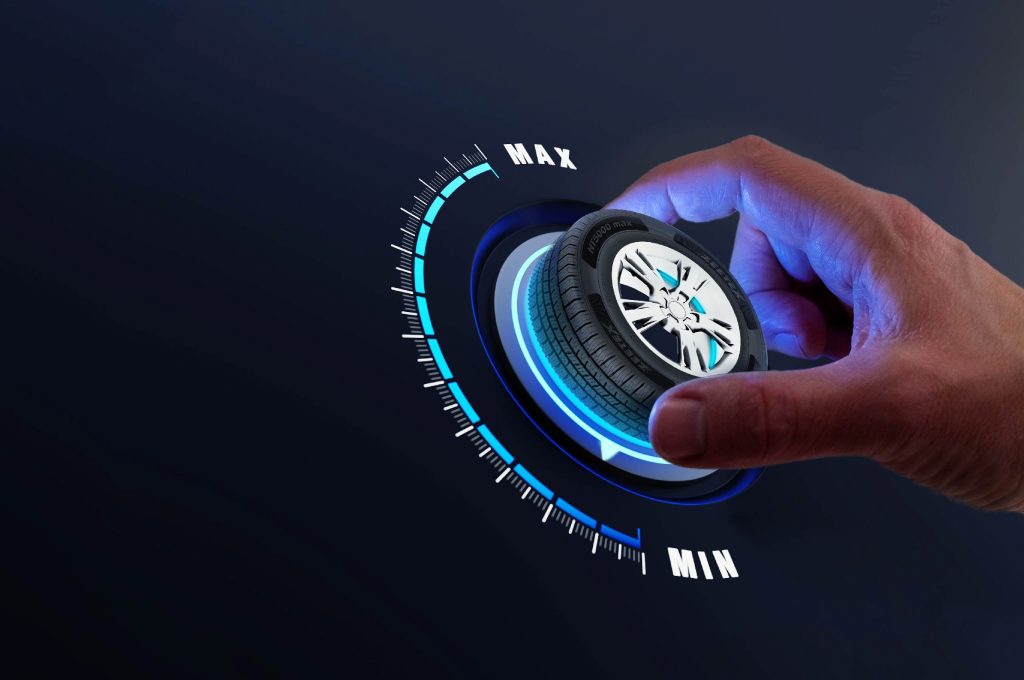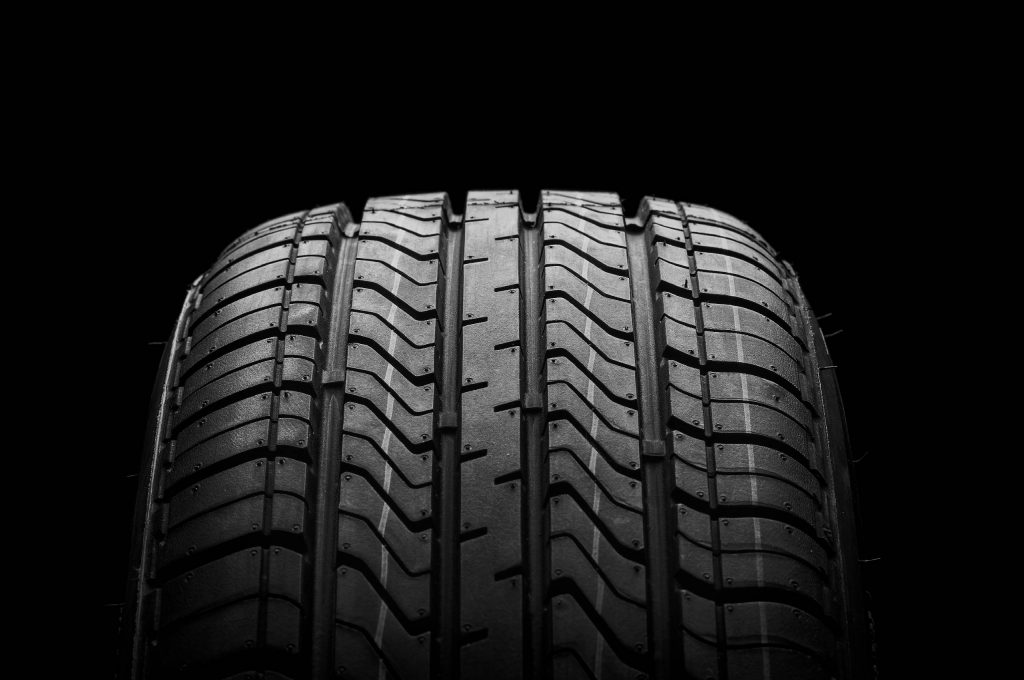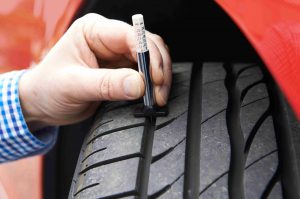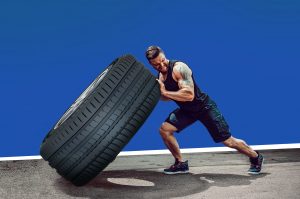Noisy tyres can be quite bothersome. Whether it’s the annoying “whooming” sound or more unpleasant screeching, flapping, or grating noises caused by damage, we all find them frustrating. Minimizing or preventing tyre noise is a priority for many of us. Driving in silence not only enhances comfort but also contributes to a more enjoyable driving experience. In this article, we will delve into the science behind low-noise tyres, helping you determine if your tyres truly provide a quiet and serene journey.
Understanding Tyre Noise
Tyre noise primarily stems from the interaction between the tyres and the road surface. As the tyre rolls, it generates vibrations that create sound waves. These sound waves can be categorized into two main types: airborne noise and structure-borne noise.

Airborne Noise
Airborne noise refers to the sound waves that travel through the air and reach our ears. It is primarily caused by the tread pattern on the tyre. The interaction between the tyre and the road creates turbulence, which generates noise. Tread patterns with larger and more aggressive blocks tend to produce more noise compared to those with smaller, more uniform blocks.
Structure-Borne Noise
Structure-borne noise, on the other hand, is transmitted through the vehicle’s structure, including the chassis, suspension, and body. It is mainly caused by the vibrations transferred from the tyre to the vehicle. The amount of structure-borne noise depends on the tyre’s construction, the materials used, and the vehicle’s design.
Features of Low-Noise tyres
To minimise tyre noise, manufacturers have developed innovative technologies and design features that focus on reducing both airborne and structure-borne noise. Here are some key features of low-noise tyres:
Tread Pattern Design
Low-noise tyres often feature optimized tread patterns with smaller and more regular tread blocks. These patterns effectively reduce the turbulence created as the tyre rolls, resulting in a quieter ride. Additionally, the inclusion of longitudinal and lateral grooves aids in noise reduction by efficiently dispersing water, enhancing wet grip and reducing noise caused by water displacement.
Noise-Reducing Materials
The choice of materials plays a crucial role in minimizing structure-borne noise. tyres engineered for reduced noise incorporate advanced rubber compounds that absorb and dampen vibrations. These specialized materials help attenuate the noise transferred to the vehicle’s structure, leading to a quieter driving experience.
Noise-Reduction Technologies
Various manufacturers employ specific noise-reduction technologies to further enhance tyre performance. These technologies include foam layers, noise-optimized cavity designs, and sound-absorbing materials inserted into the tyre’s inner lining. By strategically targeting noise sources and implementing innovative solutions, tyre manufacturers aim to provide a quieter and more comfortable ride.
Determining if Your Tyre is Low-Noise
While tyre manufacturers provide noise ratings, the best way to determine if your tyre is low noise is by checking customer reviews and conducting hands-on research. Personal experiences and feedback from other drivers can provide valuable insights into the actual noise levels of different tyre models.
Additionally, paying attention to the tyre’s labelling can help. Look for specific noise-related symbols on the tyre sidewall, such as the EU tyre label. This label provides information on external rolling noise, represented by sound waves and categorized by the number of black bars. The fewer bars displayed, the quieter the tyre is expected to be.

Choosing a low-noise tyre can significantly enhance your driving experience by reducing unwanted noise and promoting a serene atmosphere in your vehicle. By understanding the science behind tyre noise and familiarising yourself with features found in low-noise tyres, you can make an informed decision when selecting your next set of tyres. Remember to consider tread pattern design, noise-reducing materials, and the implementation of noise-reduction technologies.
It’s important to note that tyre noise can also be influenced by other factors such as road conditions, vehicle speed, and the overall condition of the tyres. Regular tyre maintenance, such as proper inflation, rotation, and alignment, can contribute to a quieter ride. When purchasing new tyres, it’s recommended to consult with a knowledgeable tyre professional who can guide you in selecting the tyres like Zeetex SU 5000 Max based on your
driving needs and preferences. They can provide valuable advice on low-noise tyre options available in the market.
In conclusion, tyre noise is a significant consideration for a comfortable and enjoyable driving experience. Low-noise tyres incorporate design features, materials, and technologies aimed at reducing both airborne and structure-borne noise. By understanding the science behind
tyre noise and considering factors such as tread pattern design, noise-reducing materials, and customer reviews, you can make an informed decision and find a tyre that provides a quieter and more serene journey. Remember, silence is not only golden; it can also make your driving experience truly pleasurable.




